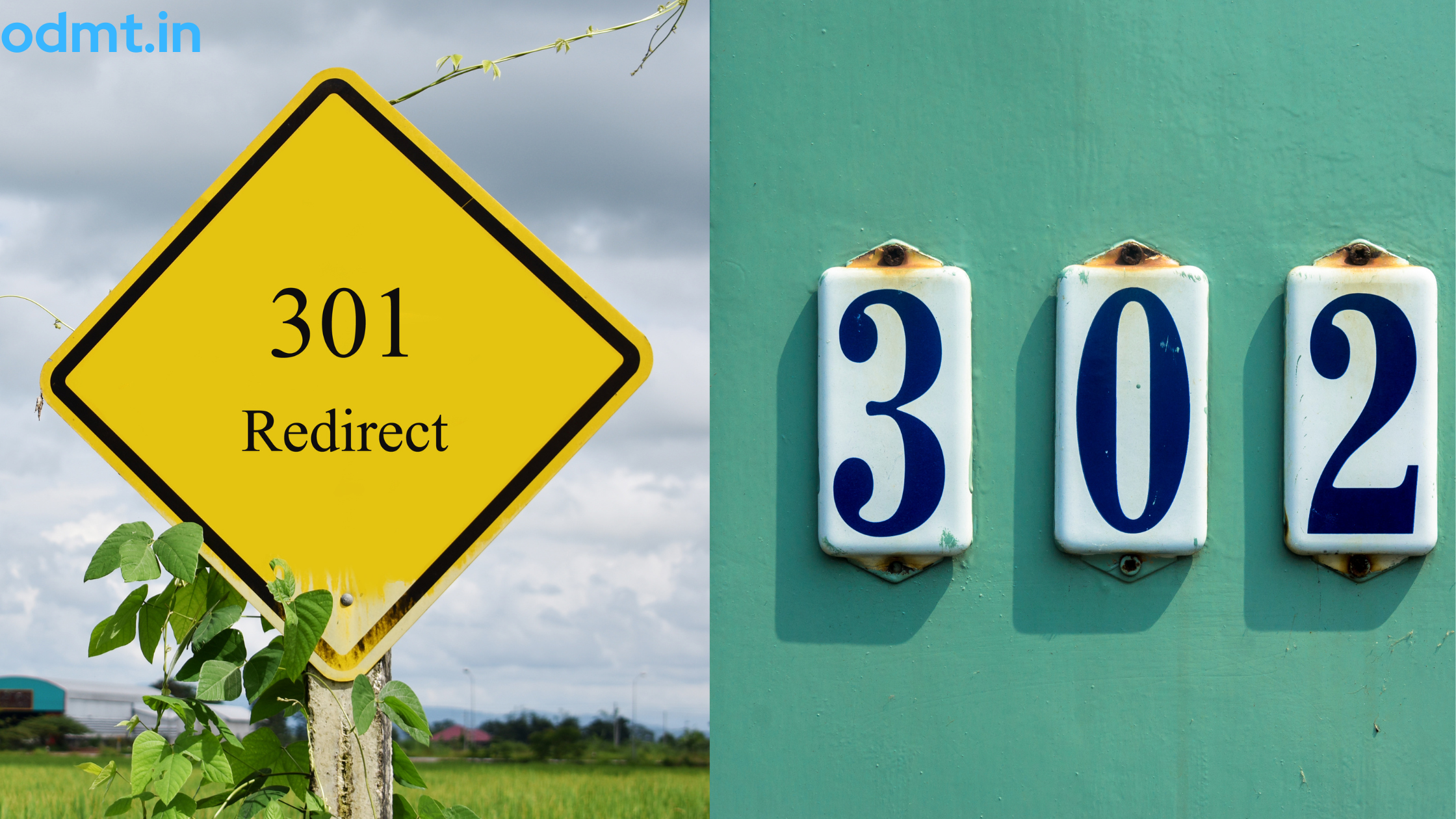REDIRECTIONS:
What Are Redirections?
Redirections are techniques used to send users and search engines from one URL to another. They are commonly used when a webpage is moved, deleted, or merged to ensure a smooth browsing experience and maintain SEO value.
TYPES OF REDIRECTIONS:
Types of Redirections
There are several types of redirections, classified based on their purpose and status codes:
1. Permanent Redirection
✅ 301 Redirect (Permanent) – Redirects a URL permanently and passes nearly 100% of SEO value to the new URL.

2. Temporary Redirections
✅ 302 Redirect (Found / Moved Temporarily) – Redirects a URL temporarily, but does not pass full SEO value.
Example: Used for A/B testing or seasonal sales pages.
Proper use of redirects ensures a seamless user experience and maintains SEO rankings. 🚀
WRAPPING UP:
Redirection is used to promote desirable behaviour, prevent injury, reduce punishment, and promote learning and exploration. There are also other age appropriate techniques that parents can use when talking with children.
